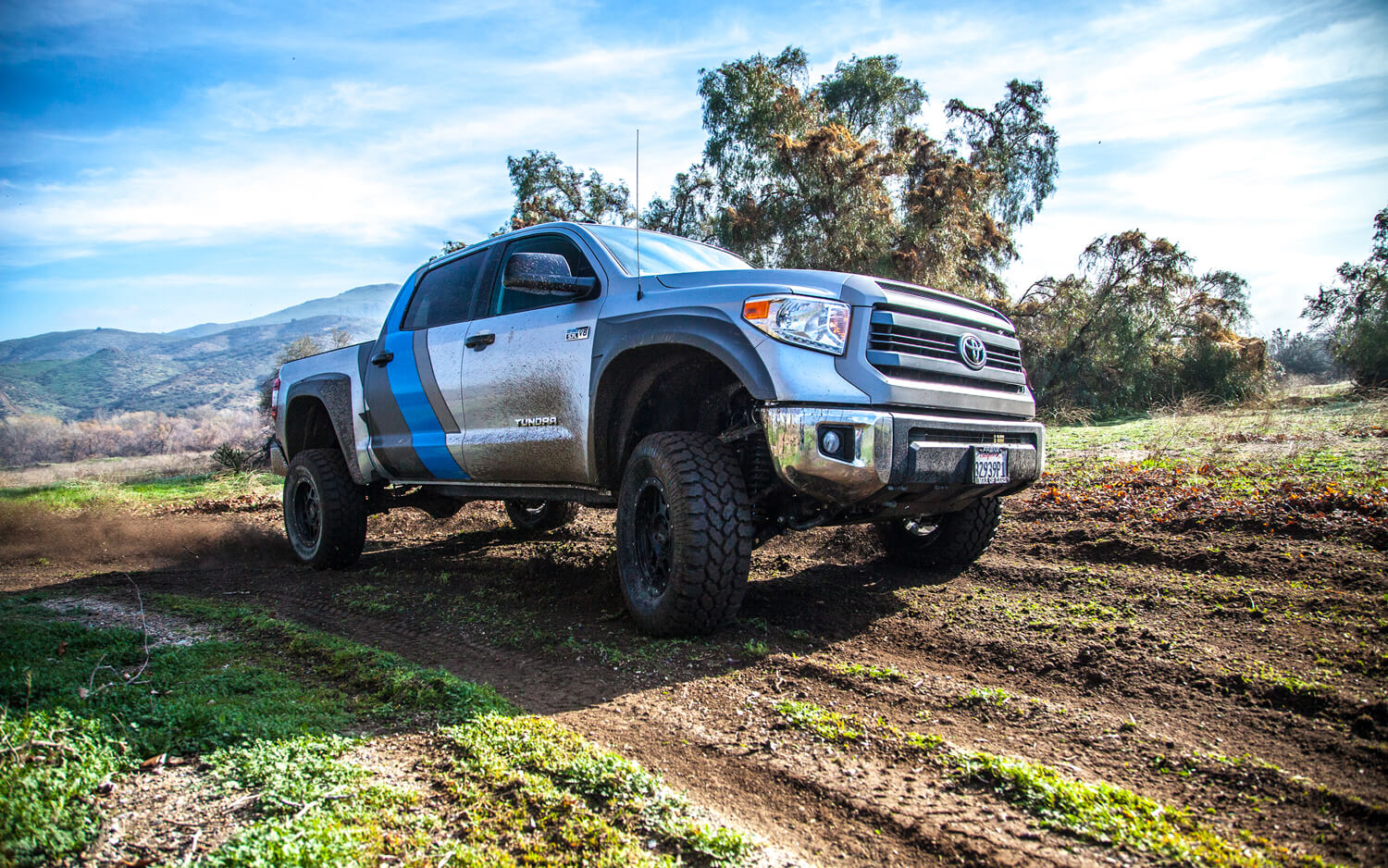
Photos: John Cappa and Courtesy of the Manufacturers
Most 4×4 enthusiasts are absolutely itching to make their first modification on a new truck or SUV. One of the most popular aftermarket modifications around is the installation of a lift kit with larger tires and wheels. A suspension lift or a body lift can both clear the way for larger tires. Which method you choose will depend on several important factors, including if your 4×4 has a ladder frame or a unit-body design. Vehicles with a unit-body design cannot receive a body lift because the body and chassis are one piece. A 4×4 with a ladder frame features an actual frame and a separate body that bolt together. Other important factors to consider when choosing between a suspension lift and a body lift include your budget, the model of your vehicle, and how you plan to use it. Read on and we’ll set you up with all the info you need to choose the right type of lift kit for you.
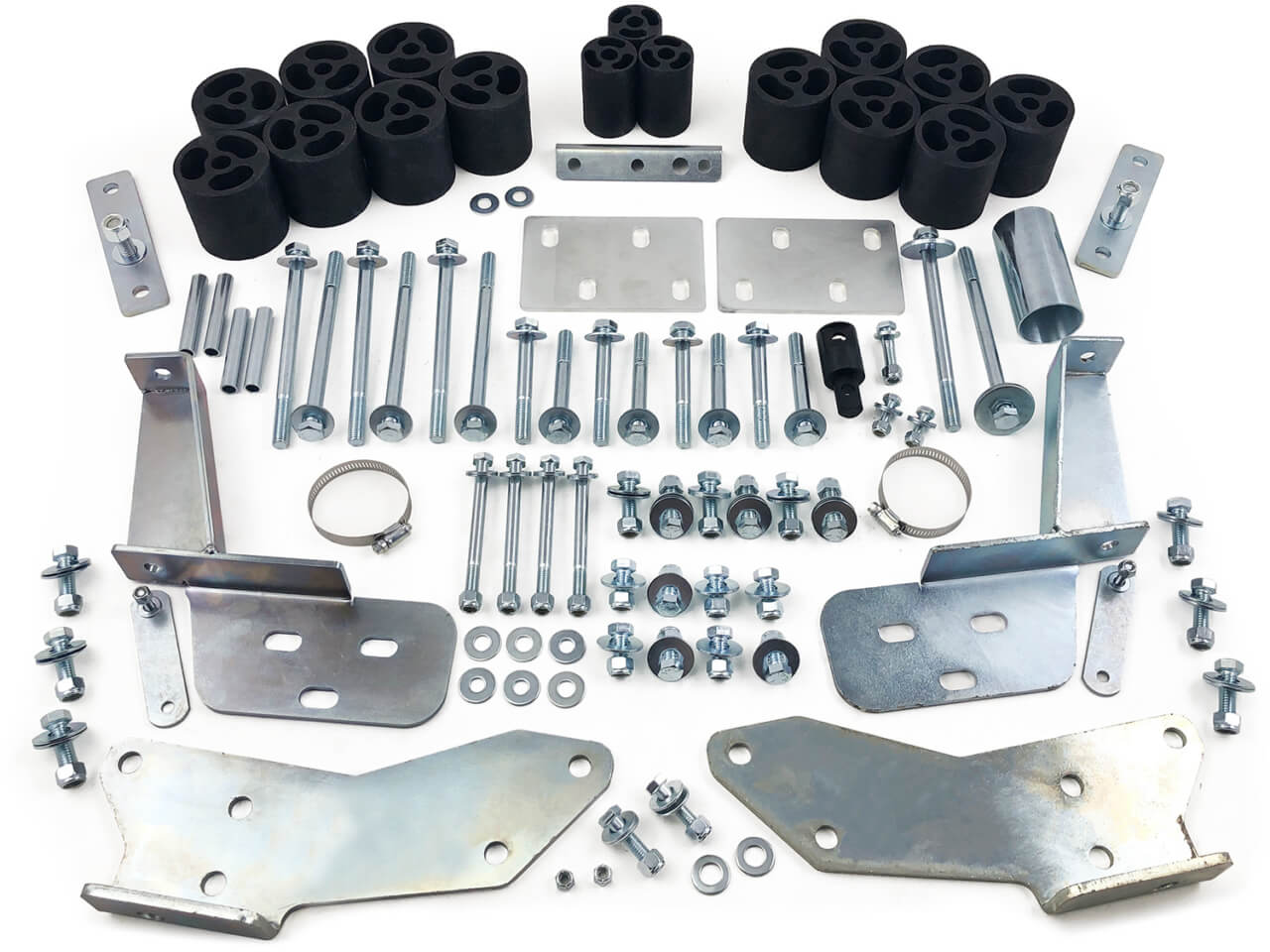
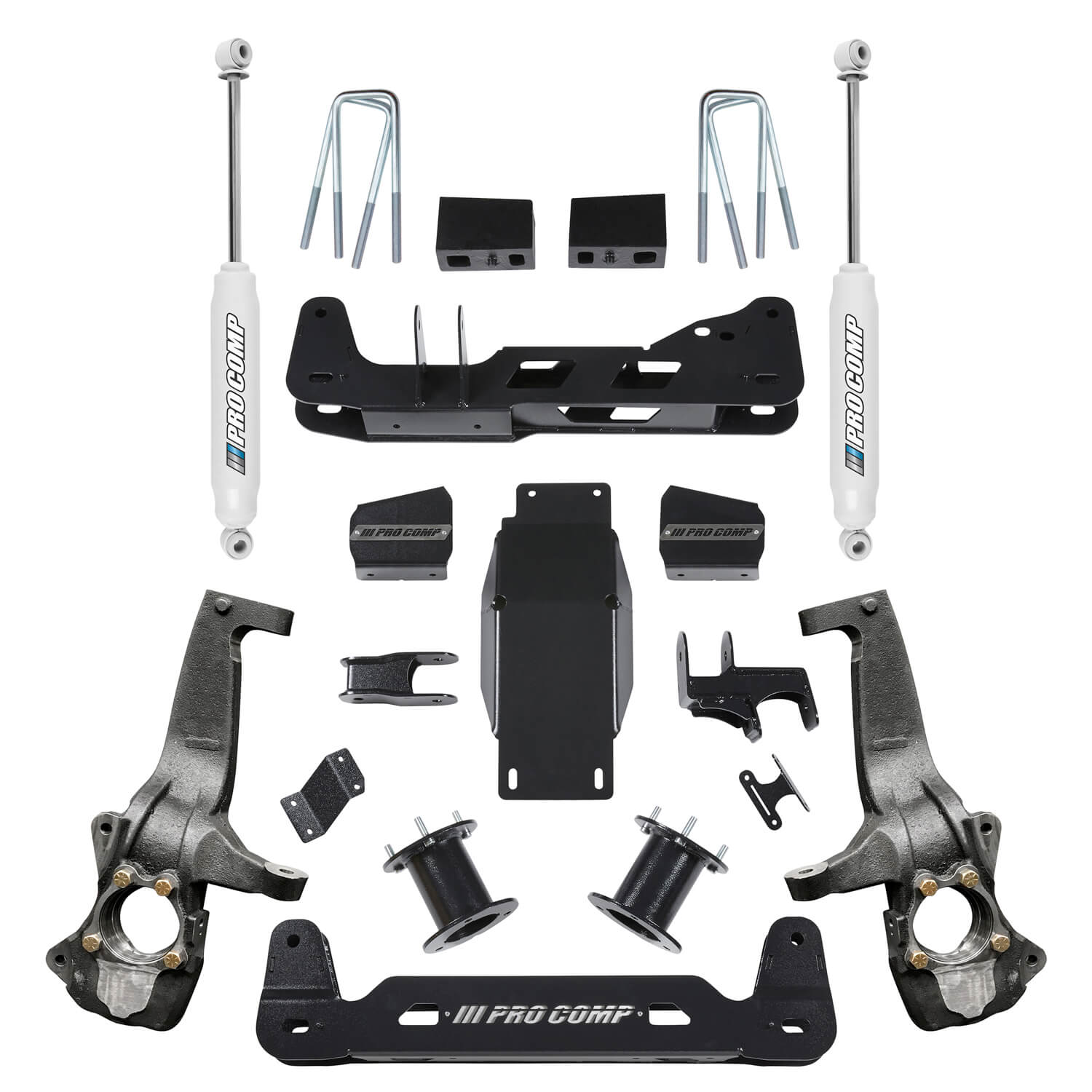
By comparison, a suspension lift kit is much more complex and involved to install than a body lift. Simply lifting the body above the frame is also less complicated than designing a suspension lift kit that improves the off-road performance of your 4×4’s suspension.
What Is The Basic Difference Between A Suspension And A Body Lift?
The difference between a suspension lift and a body lift is just as the names imply. When lifting a vehicle with a suspension lift, the suspension is modified and raised a predetermined amount dictated by the lift kit manufacturer. Of course, many suspension lift kits have a small amount of built-in lift height adjustability to help you achieve the desired vehicle stance. A body lift raises the body of the vehicle above the frame a given amount. This lift comes from plastic, aluminum, or urethane spacers that rest on top of the original rubber body mounts between the frame and body of the vehicle. A body lift height is not adjustable.
Why Would I Want A Body Lift Instead Of A Suspension Lift?
Body lifts have a few advantages over suspension lifts. There are scenarios where a body lift can make more sense than a full suspension lift kit. Body lifts consist of spacers, longer bolts, and a few miscellaneous brackets. They are generally less complicated and less expensive than most suspension lift kits. A huge advantage of body lifts is that the original shocks, springs, and other OE suspension components are retained. This allows for larger tires without significantly affecting the factory ride of your 4×4.
Since the ride is unaltered, body lifts are a great option for street driven 4x4s. The original drivetrain and steering components remain intact too. This eliminates the need for potentially expensive custom driveshaft work and aftermarket steering modifications. In situations where you only need a 1- or 2-inch lift for a small amount of additional tire clearance, a body lift is a great option.
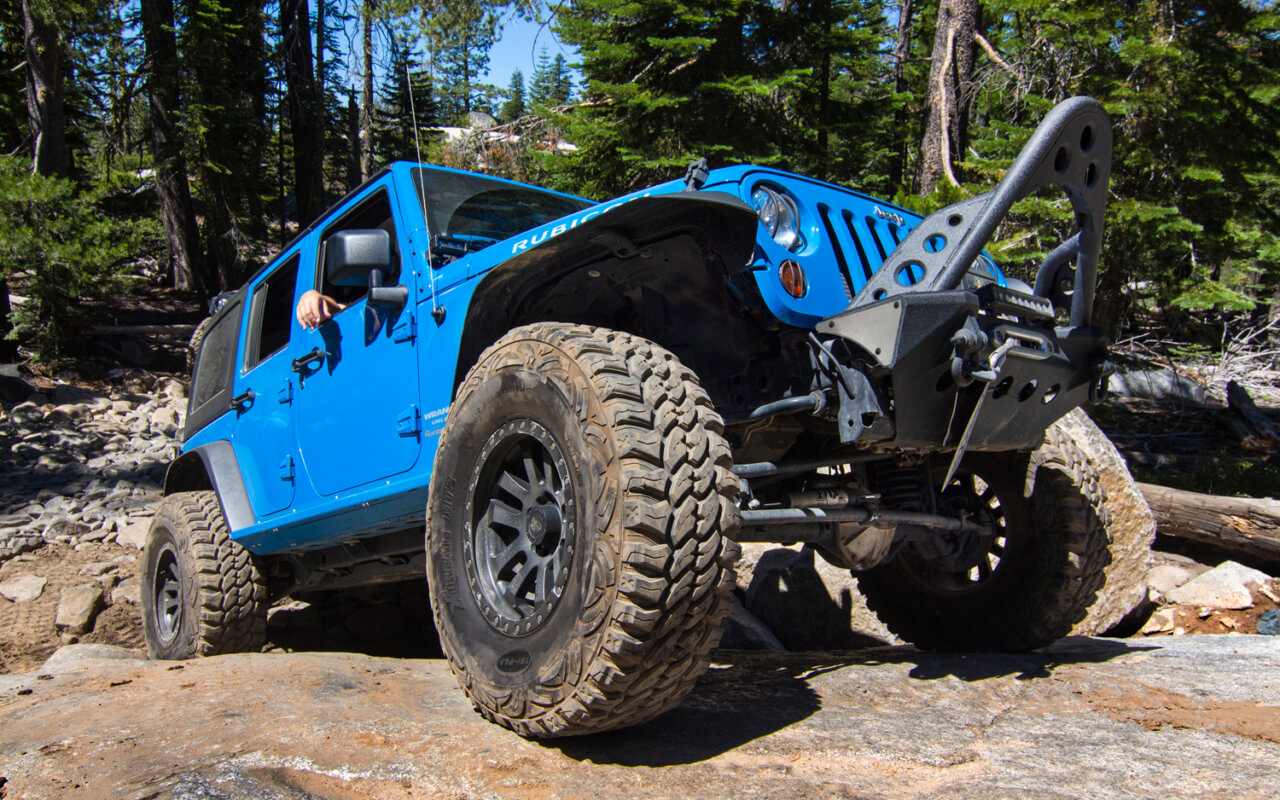
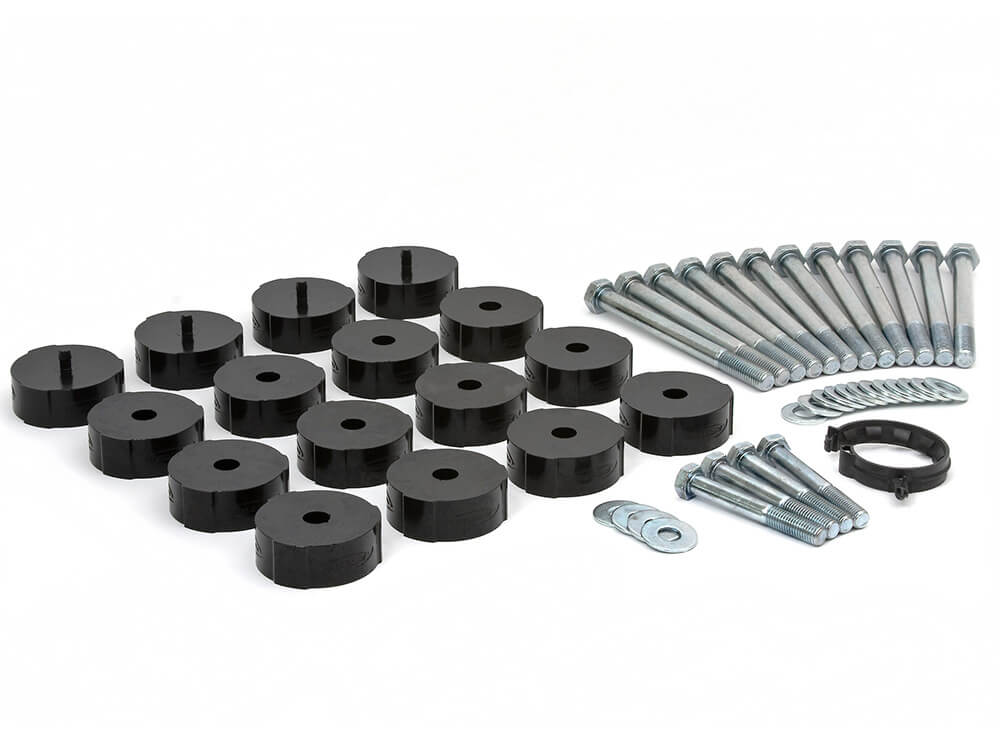
Body lifts can’t be used to level the stance of a 4×4 and the maximum body lift height available is 3 inches. A 1- to 2-inch body lift is a great way to get just a bit more tire clearance without having to scrap your suspension lift kit for an entirely new one.
When Does A Suspension Lift Make More Sense Than A Body Lift?
A suspension lift is a better choice than a body lift in situations where off-road performance is important. First and foremost, a suspension lift not only provides room for larger tires, but it also increases the ground clearance under the frame. Most suspension lift kits and lift systems include new heavy-duty shocks. These aftermarket shocks are designed and tuned to damp the motion of heavier larger diameter tires. The firmer ride is better able to stabilize the vehicle than stock shocks when driving aggressively on- or off-road.
Because suspension lift kits are a more performance-based lift choice, many suspension lifts increase wheel travel. This is a significant benefit that increases suspension articulation on twisty trails. It also helps smooth the rough surfaces that a 4×4 will regularly travel over in the dirt. Many suspension lift kits are available with heavy-duty springs for increased load-carrying capacity too. This increased load capacity will keep the suspension from sagging when the vehicle is loaded down with camping gear or hauling a trailer.
What Are The Limitations Of A Body Lift?
The most significant disadvantage of a body lift is that it only increases wheel well clearance for bigger tires and clearance from the body to the ground. A low hanging frame or fuel tank could still get hung up on the trail. Of course, larger tires will increase the chassis and axle ground clearance on a body lifted 4×4. But not as much as what you would get with a suspension lift and larger tires. Body lifts often leave an ugly gap between the frame and body. Fortunately, there are aftermarket gap guards available to cover up these open holes in the wheel wells above the frame.
Another limitation of a body lift is height. Body lifts are limited to 3 inches or less. Leveling kits have become increasingly popular. Unfortunately, if you don’t like the factory nose-down stance of your 4×4, a body lift cannot be used to level the stance of your vehicle. You’ll still need a suspension leveling kit to perform that task. Keep in mind that many body lifts do not come with provisions to raise the bumpers or recovery points either. Once your body lift is in place, you may need optional bumper brackets or custom fabrication to relocate the bumpers and recovery points correctly.
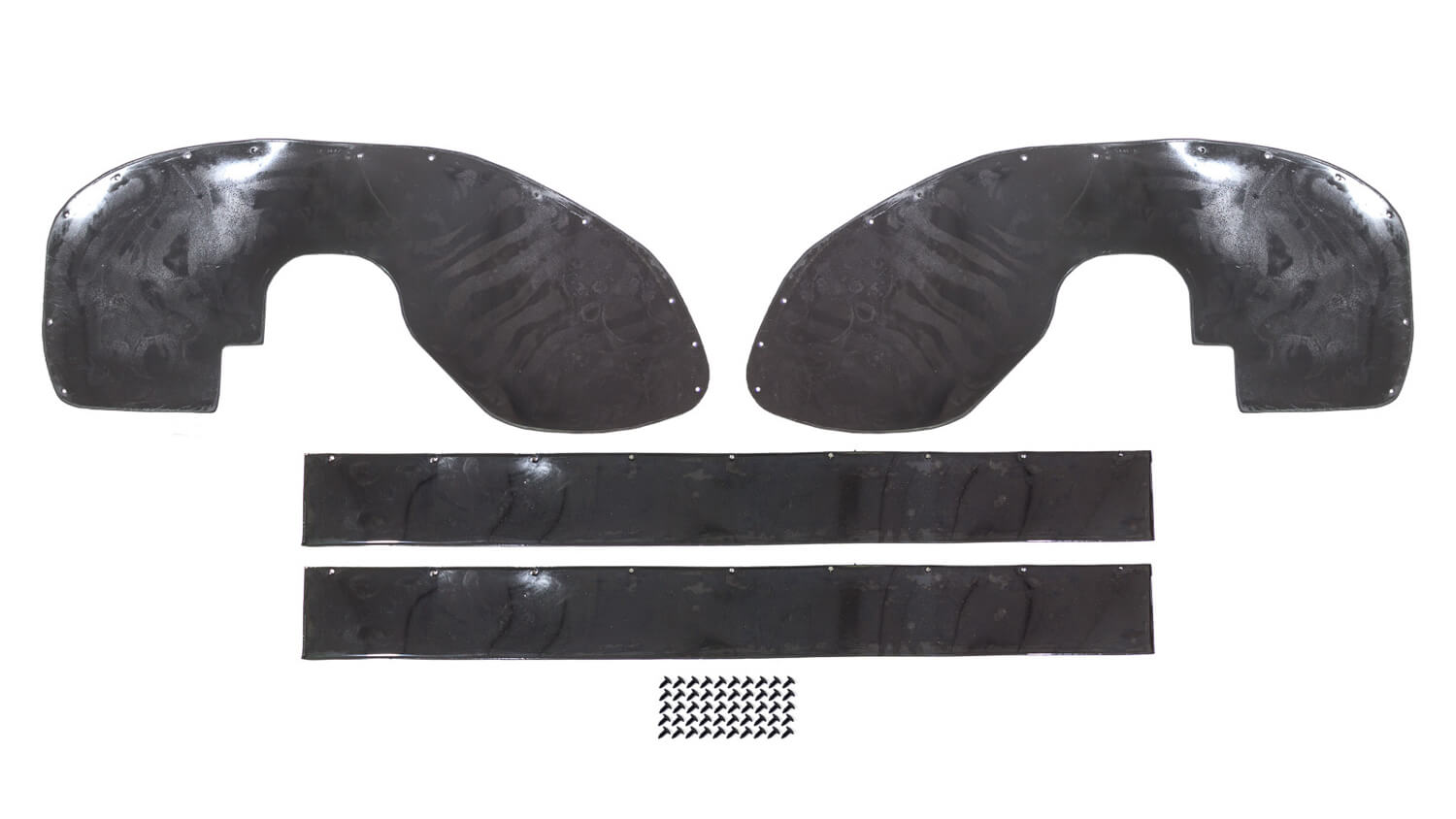
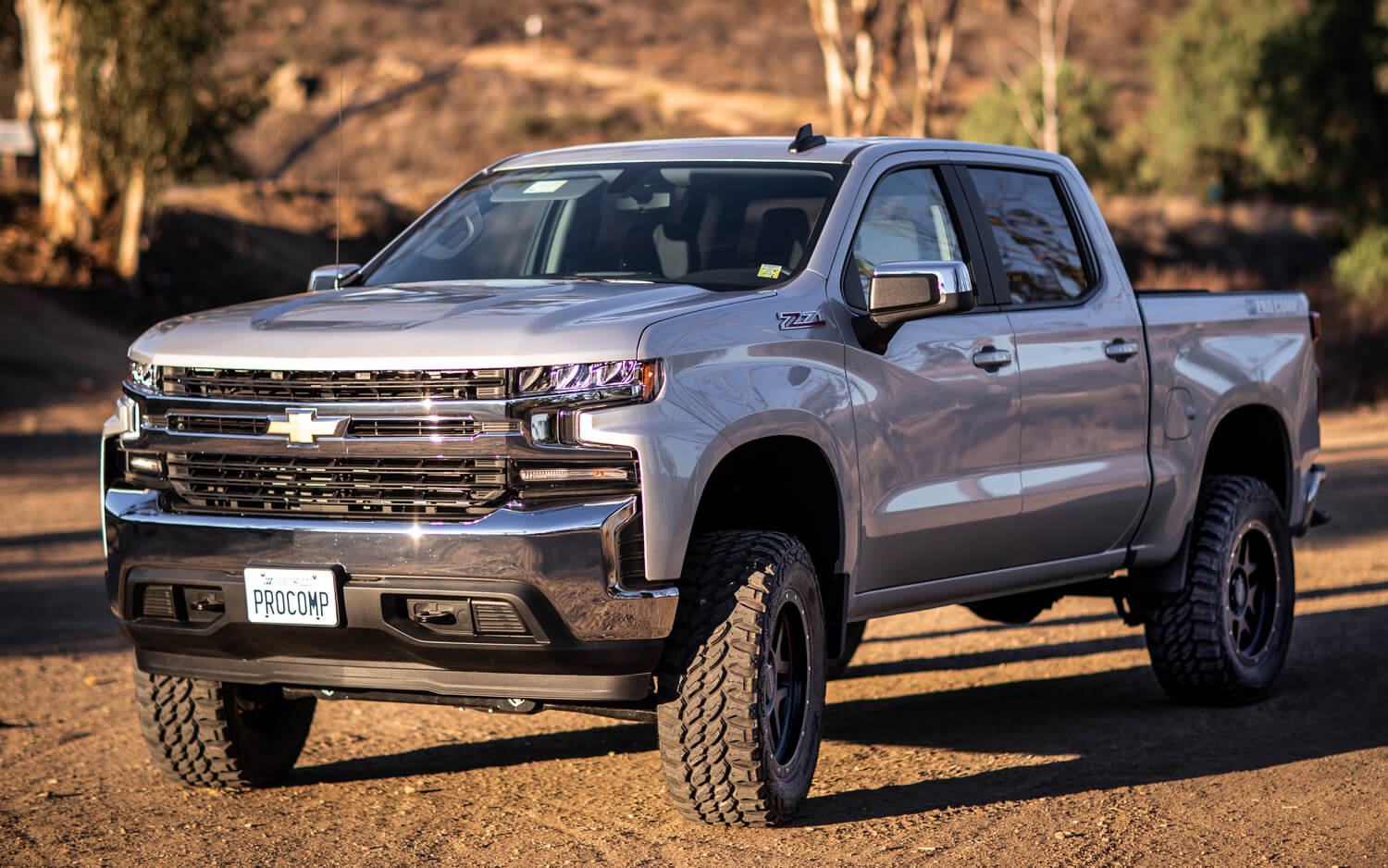
Can I Install Both A Body Lift And A Suspension Lift On My 4×4?
In most cases combining lift kits for more lift is frowned upon. But, it’s actually smart to combine suspension and body lifts to reach the lift height you need. For example, by combining a 3-inch suspension lift with a 2-inch body lift, you’ll get five additional inches of tire clearance. And, that is without the hassles usually associated with a 5- to 6-inch suspension lift. Those hassles might include the need for new driveshafts, steering drop down brackets, replacement track bars, caster correction, and so on.
Combining body and suspension lifts can be a more cost-effective way to reach taller lift heights. Combination lifted 4x4s also feature a more stable and lower roll center than suspension-only lifted 4x4s thanks to a lower center of gravity. The heavy engine, transmission, transfer case, and frame remain up to 3 inches lower on combination lifted 4x4s.
No One Makes A Suspension Lift For My 4×4, What Now?
If you have an older 4×4 that suspension lift manufacturers have forgotten about, you still may be in luck if your 4×4 has a ladder frame. Body lifts are available for some of the more obscure 4x4s and 4x4s with difficult to modify suspension designs. The development of a body lift kit is typically far less costly than that of a traditional suspension lift kit. It’s easier for an aftermarket manufacturer to recoup the costs associated with engineering and developing the lift. A 3-inch body lift should be enough to let you step into tire diameters that are at least two to three sizes larger than stock, and in some cases, even bigger.



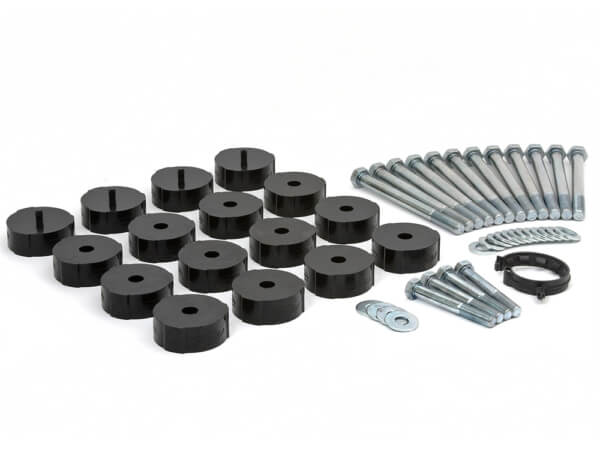
2